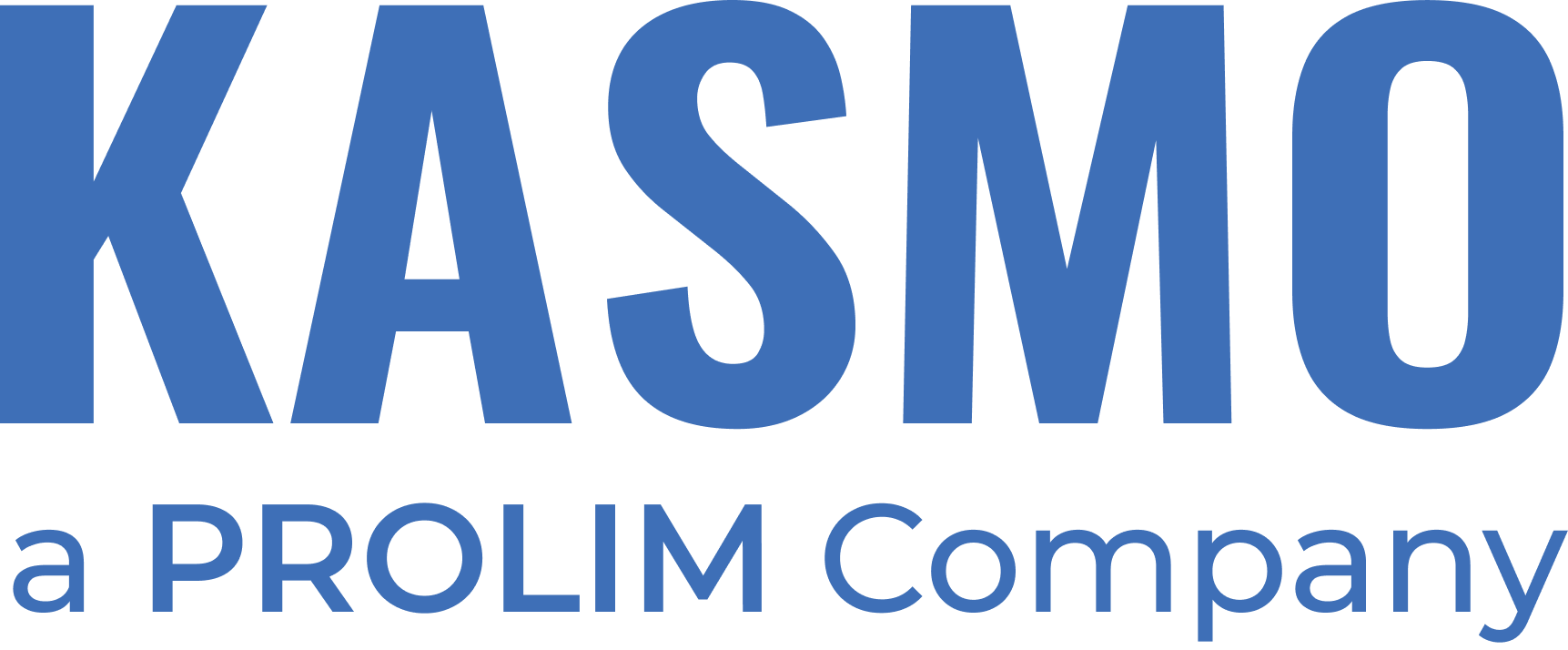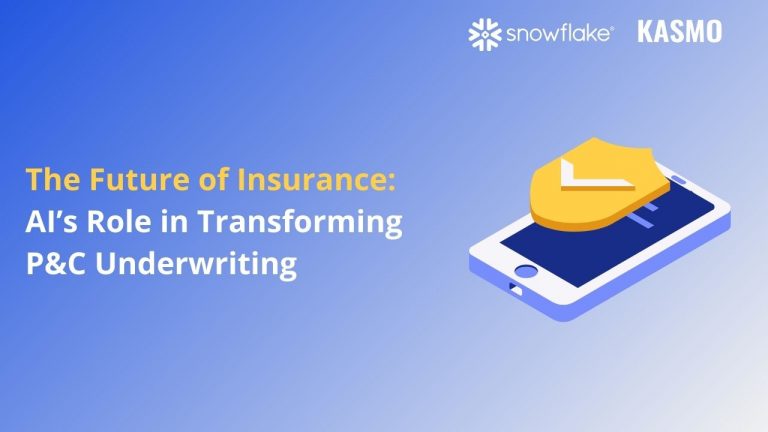Exploring the Role of Artificial Intelligence in P&C Underwriting
According to a survey conducted by Accenture, underwriters are spending over 40% of their time on administrative activities, which will lead to an efficiency loss of $85-$160 billion over the next 5 years. To prevent such huge losses, financial companies are implementing automation with the help of artificial intelligence in insurance, including P&C underwriting. P&C insurance underwriting is the process which insurance companies use to decide the type of insurance they can offer to clients, after assessing the risks associated with their property or assets.
Previously these risks were evaluated and analyzed and then decisions were delegated, which resulted in a lengthy process. With the introduction of AI in insurance, this process has reduced considerably. AI allows insurers to swiftly and efficiently analyze large datasets, that comprehend risks thoroughly. This results in more precise risk identification, enhanced underwriting, claims processing, and more accurate premium pricing.
This blog will discuss the challenges associated with manual underwriting, and major impacts of artificial intelligence in insurance and P&C underwriting. Let’s begin!
Challenges in Manual Underwriting
Manual Underwriting has significant flaws which insurance companies seek to overcome. With the integration of machine learning in insurance and AI-automation, insurance companies can optimize their underwriting process. Let’s look at some challenges in manual underwriting:
- Manual underwriting is a time-consuming and complex process. Compared to the AI-automated underwriting, it is slower and less accurate. This process is error-prone and usually takes a lot of time.
- There are several tasks associated with creating policies, which makes manual underwriting a cumbersome process. These tasks include handling intricate fine details, rectifying mistakes and oversights, and working with extended response times from clients. Also, manual underwriting is less flexible in terms of product offerings. It also cannot customize product incentives and does not provide predictive analysis.
- In manual underwriting, employee efficiency is much lower. Evaluating risk variables for every new application is a very lengthy process, and it gets tougher when there is no technique or tool to help. It is among the most time-consuming and capital-intensive procedures in the insurance industry which contributes to low productivity.
- Manual underwriting also leads to errors in risk assessment and price discrepancies, while calculating an appropriate premium for coverage.
Top 7 Impacts of Artificial Intelligence in Insurance
According to Allied Market Research the impact of AI in the global insurance market is projected to reach $45.74 billion by 2031. The many benefits of implementing artificial intelligence in insurance underwriting contribute to this increasing revenue. Let’s discuss these benefits:
Minimizing Human Error
AI and machine learning are designed to handle routine tasks and large volumes of data which reduces the probability of errors. AI-driven underwriting can create extensive datasets in various formats, that helps underwriters make less errors.
Professional underwriters can forgo manual underwriting processes and adopt a “human-in-the-loop” (HITL) approach. In this model, professional underwriters can interpret outcomes produced by AI, analyze those outcomes and then apply them on insurance models to make data-driven decisions. AI’s ability to learn from historic data and integrating its algorithm with the data, makes it a faster, scalable, and highly effective solution for insurance underwriting.
Enhancing Risk Assessment
Insurance underwriting is dependent on diverse data sources. Integrating AI with financial processes enhances the ability to create a well-defined insurance underwriting. Companies that have implemented artificial intelligence in insurance have benefited from predictive analytics. Big Data and machine learning in insurance also helps in streamlining underwriting process and improve accuracy of risk evaluations.
Combatting Cyber Threats
With the rise in cyber threats, insurers face ongoing challenges in battling new risks. Machine learning-based fraud detection systems in insurance can effectively manage evolving threats. AI-assisted underwriting enhances security and provides advanced insurance coverage features, helping insurers address cyber risks more effectively.
Reducing Customer Churn and Enhancing Experience
AI in insurance can significantly improve customer experience and reduce customer churn. By leveraging AI, insurers can create tailored service plans, offer appealing pricing structures based on risk-sharing, and implement easy loss control strategies. AI also allows underwriters to focus on implementing different ways to enhance customer engagement, as AI will automate routine tasks. This creates an opportunity for financial institutions to concentrate on post-sales services and building customer loyalty.
Optimizing Fraud Detection
Here’s how artificial intelligence in insurance helps in detecting frauds:

Facilitating Opportunities for New Business Acquisition
Companies can integrate artificial intelligence in insurance seamlessly which optimizes insurance value chains, offers improved cross-platform visibility and fosters new cross-sell opportunities through insights from centralized data lakes. Insurers can focus on engaging clients with personalized plans before application submission.
For instance, analyzing customer interactions with AI-powered chatbots provides a comprehensive view of the customer journey, allowing underwriters to address diverse consumer needs effectively.
At Kasmo, our experts have leveraged Snowflake to create an AI-powered chatbot solution – OLAF, a closed-domain intelligent assistant that provides accurate answers to user queries along with source citation from a multitude of pre-fed documents. Wondering how OLAF works? Request a free demo.
Helping to Create Accurate and Fair Pricing Policies
AI in insurance uses sophisticated algorithms to analyze real-time market data and develop the most effective pricing strategies for a client’s needs. To determine the optimal price, AI examines several key data categories:
- Customer Data: This includes surveys, demographic information, and behavioral patterns.
- Business Data: This encompasses historical sales data, operating costs, and competitive analysis.
- Diverse Market Data: This involves geographic-specific information, overall economic trends, and market demand fluctuations.
AI analyzes these types of data and helps underwriters create personalized and dynamic pricing according to client portfolio.
Key Areas Where AI in P&C Underwriting Can Create a Huge Impact
Here are some key areas where implementing AI in P&C underwriting can create a huge impact:
Optimized Claims Handling
Integrating AI in Property and Casualty (P&C) underwriting helps in streamlining claim processing. AI utilizes automated algorithms, and removes roadblocks associated with manual underwriting. AI utilizes its real-time processing and analyzing abilities to verify clients’ details, evaluate their claims and allow insurers to fasten the claim process promptly.
Enhanced Risk Assessment
AI’s capacity to process extensive historical data allows P&C insurance companies to evaluate risks with greater accuracy, eliminating the biases and inaccuracies inherent in manual processes. By analyzing a policyholder’s complete data set—including personal details, location, and other related information. By using advanced insurance analytics software, insurers can customize policies to better meet individual client needs. This approach leads to more appropriate pricing.
Improved Underwriting Capabilities
Artificial Intelligence in insurance revolutionizes P&C underwriting process by eliminating automating manual tasks and improving pricing policies. By analyzing applicant data, AI algorithms expedite the underwriting process and enhance its precision. This minimizes the chances of pricing inaccuracies and offers mutual benefits to insurers and policyholders.
Conclusion
The integration of artificial intelligence in insurance and P&C underwriting represents a transformative shift in the industry. It addresses many challenges present in manual processes and eliminates them. Traditional underwriting is time-consuming, error-prone, and comprises of complex procedures. This often leads to inefficiencies and inaccuracies. AI, with its capacity for processing vast amounts of data and ability to analyze historical patterns from data, offers a significant improvement.
With Snowflake AI Data Cloud, P&C underwriting has transformed for the better. With Snowflake businesses can:
- Transform Data Pipelines: Aggregate, synthesize, and cleanse data from diverse sources to enhance risk assessment models and gain a comprehensive understanding of risk.
- Build Advanced Pricing Models: Utilize coding in preferred language and leverage extensive third-party datasets to refine pricing strategies and enhance competitiveness.
- Modernize Collaboration with Native Applications: Develop native applications to streamline the creation, deployment, and scaling of AI/ML and analytics solutions across key enterprise functions like Underwriting, Product Development, Claims, Actuarial, Sales & Distribution, and Marketing.
At Kasmo, we leverage Snowflake to create innovative AI solutions for our clients in the financial sector. Connect with our experts to learn how you can automate P&C underwriting and enhance productivity and enhance customer experience!



